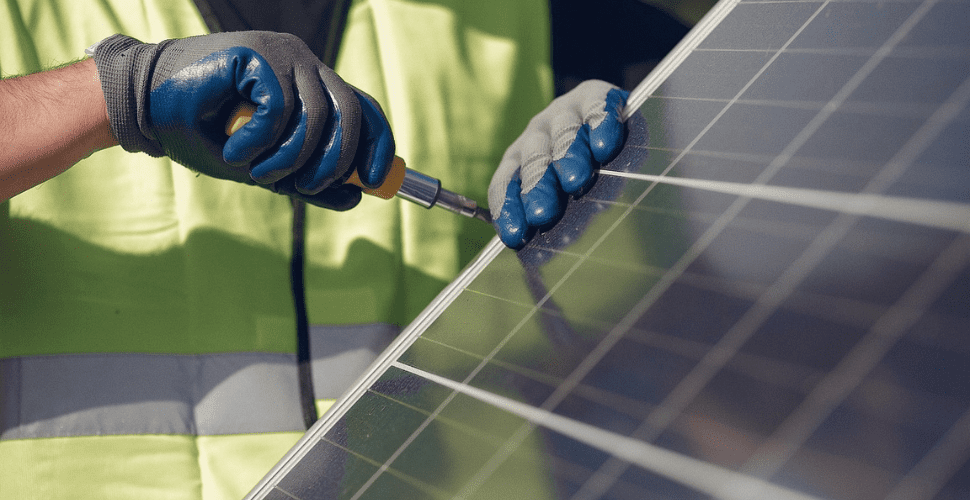
Clean energy may be good for the planet, but is it coming with dirty supply chain?
The U.S. Department of Labor recently released a report providing a list of goods produced using either child labor or forced labor. Some of the goods on the list are key components in climate-friendly technology, raising ethical issues for the U.S. government and consumers reports The Hill.
Green energy with dubious ethics
Climate change and its effects on our planet are global issues. Many of the world’s most vulnerable people are living with the negative impact of those effects leading to issues like forced migration and loss of livelihood. But findings in the report raise tough questions about the connection between climate-friendly technology and to what extent its production is connected to forced labor and forced child labor.
The U.S. doesn’t directly import the minerals in questions. But items that contain these minerals, like electric vehicles and solar panels, are imported, mostly from China. That means items with forced labor in their supply chain are likely making their way from countries where the minerals are mined, to countries where they are processed. Those tainted items then get used in manufacturing, and from there make their way into U.S. markets.
Abigail Hunter, executive director of the Center for Critical Minerals Strategy at energy security think tank SAFE, said:
“…we are importing embedded material which is almost always going through China for further transformation (so that means) we have less leverage over how the material is extracted, including if it is extracted with forced, child, or forced child labor.”
This issue puts the U.S. government and consumers in a major ethical quandary around the clean energy transition. Clearly climate change must be addressed. But we cannot just ignore serious modern slavery concerns about the new technology being used to address it.
